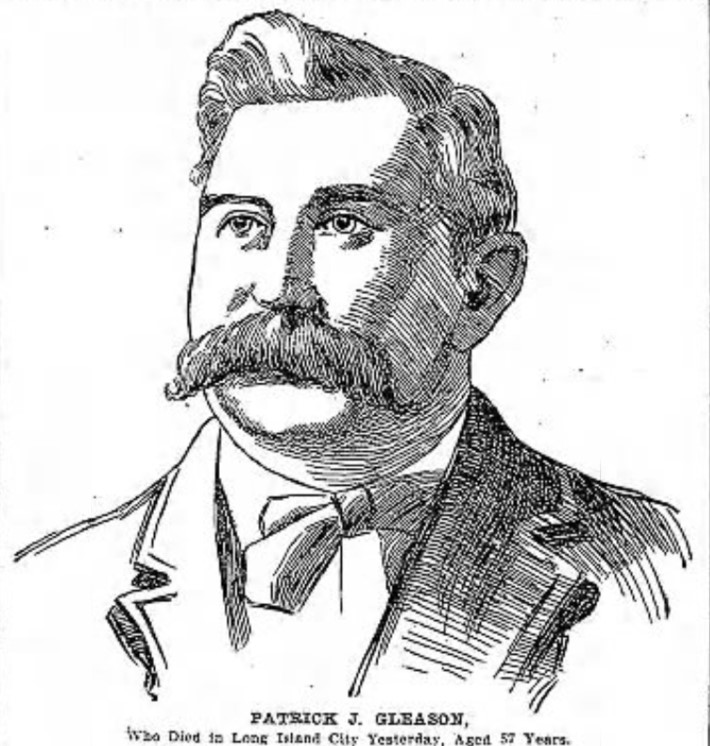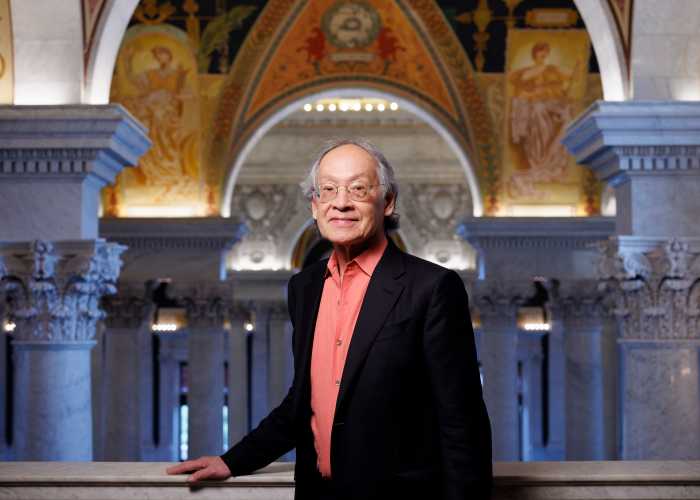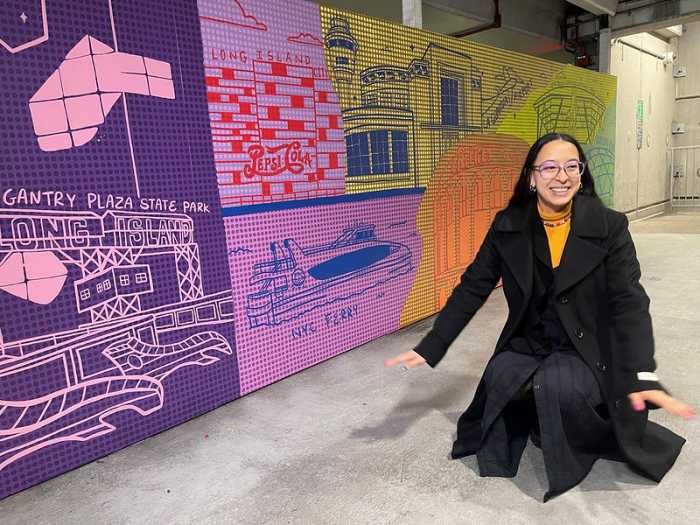As executive director of the Greater Astoria Historical Society (GAHS) in Long Island City, Bob Singleton knows a thing or two about western Queens’ rich history.
To this aficionado of the past, history truly matters. It’s his passion. And he takes his job very seriously.
QNS connected with Singleton to discuss a new, must-read book that GAHS recently penned, titled, “Historic Tales of Long Island City,” in which readers can discover or re-discover, Gotham’s “other city.”
“Despite Queens’ extraordinary past, and substantial body of written historic and modern accounts — the late Long Island historian Vincent Seyfried, comes to mind — it’s not particularly well known. The book’s purpose is to bring to light the enormous contributions made by the people who either lived or worked in Long Island City — and nearby neighborhoods, Sunnyside and Astoria,” Singleton noted.
He added: “‘Historic Tales of Long Island City’ captures the struggles of a nameless railroad porter, whose union was soon to change the world and the story of a dog that was given greater rights than the president of the United States.”
Read about the neighborhood’s unique folklore, brought to life through oral and written narratives accompanied by vintage photos.
“GAHS, through its talks and exhibits of Long Island City/Astoria, had a strong support with the community through a steady stream of donations, artifacts and stories,” Singleton said.
For the book, Singleton said he got a number of interesting tales directly from colorful locals, like the late Frank Carrado, a lifelong LIC resident, who was colloquially known as the “Mayor of Long Island City.” Folks also remember him for his captivating accounts of a different, much gruffer neighborhood.
Other contributors include blogger Nancy Ruhling and relatives Steven Morgan, Jack Tissot and Alan Baum, according to Singleton.
Some familiar names from LIC’s early days include Steinway & Sons, the piano manufacturer, which had been established in a loft on Varick Street in 1853. In 1870, William Steinway began acquiring land in the newly created city — and later, Sony came along.
And who can forget the artist and landscape architect Isamu Noguchi and that famous movie star Ethel Merman, as well as that 10-time All-Star and six-time World Series champion “Whitey” Ford?
Here are several excerpts and highlights from the book, which can be purchased on Amazon and wherever books are sold:
“[Grandad Mayor Patrick Gleason] he might have used his fists a bit too much when someone disagreed with him. But those were far different times than today, and I contend he helped put Long Island City on the map. But he always tried to make Long Island City a better place. He was the Robert Moses of his time.” – Steven Morgan
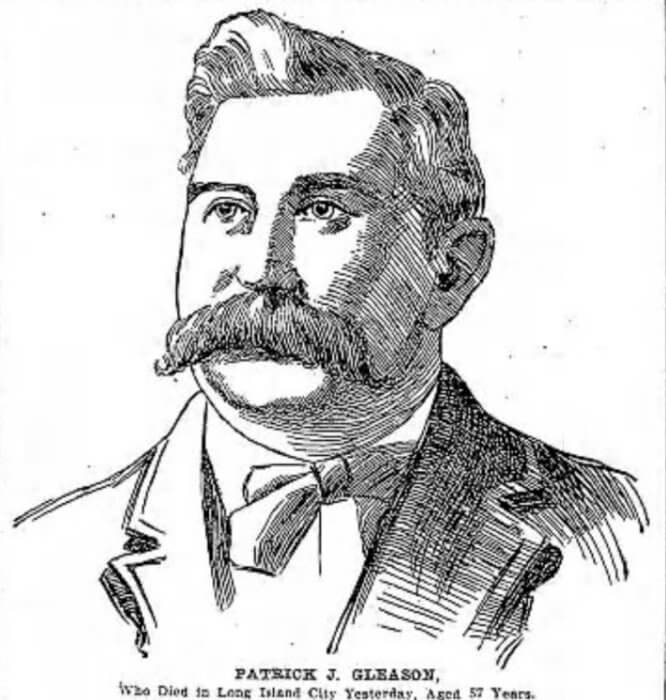
City of Greater New York in 1898. (Courtesy of Image New York Red Book (1897) Greater Astoria Historical Society Collection)
“In 1937 some of the [Brewster Automobile] archives went to the Ford Museum and Henry Ford came to our house in Flushing to thank dad, whom he knew, for sending them to him. Ford stayed the day and had dinner with our family.” – Alan Baum
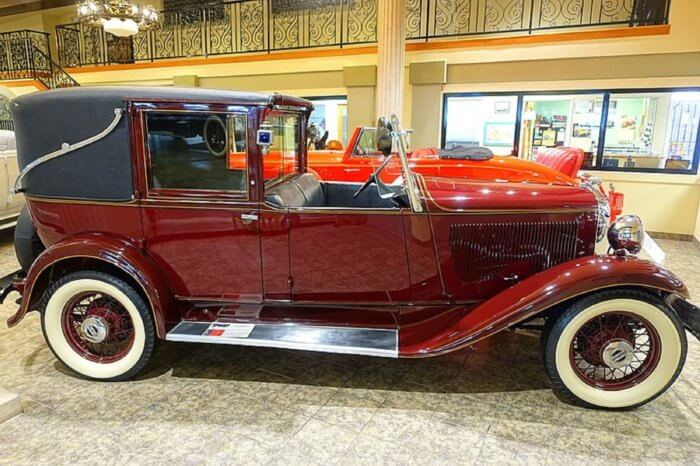
“It’s summer in Florida on Wednesday and a New York winter on Sundays,” he said. “If ever I settle down and remain here, I’d think it’s Sunday all winter long, and the whole summer would be one Wednesday, I guess.” – a Pullman porter
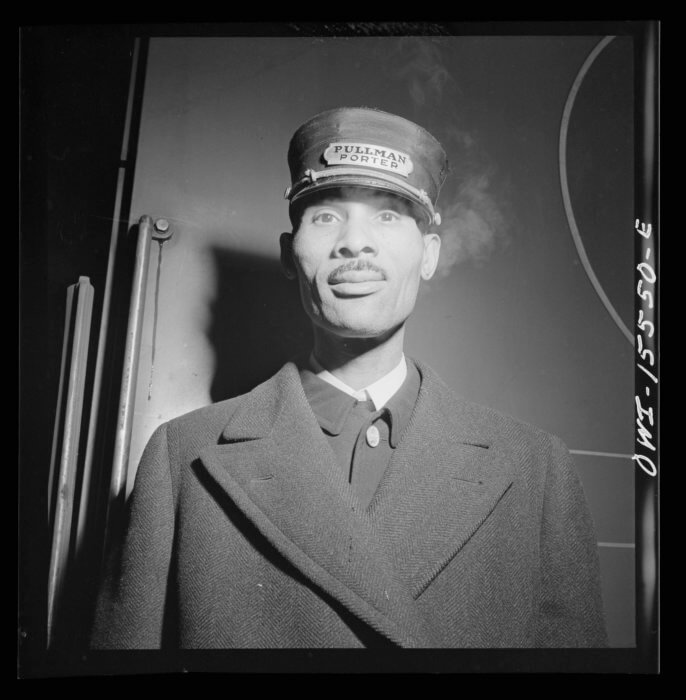
“When I was a lad, we boys herded the cows out to pasture every morning — and drove them back every night. There were dirt roads then and no law against keeping cows [in Long Island City].” – Emile Tissot
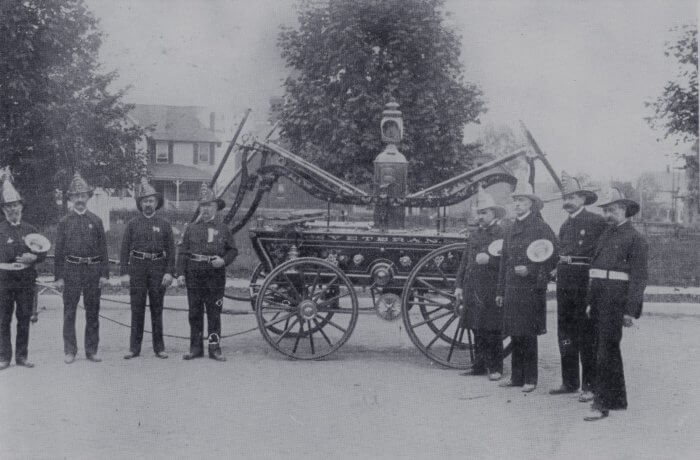
“Everyone always asks what the secret to our successful marriage is,” says Stanley, whose slightly British accent evokes that of a 1940s stage actor. “We’re not exactly that compatible, but we’re complimentary. I’m just average, but Kathleen’s got intelligence, she’s got an IQ through the roof.” Kathleen rolls her eyes and says, “He’s exaggerating.” – Katheryn and Stanley Rygor as told to Nancy Ruhling.
“One time, everyone in the community got new shoes after shoeboxes regularly ‘fell off’ freight trains — that is, until the yardmasters got wise and consigned future shipments for right or left feet only.” – Frankie Carrado

The book has 190 pages and 66 stories arranged into four sections: Part 1: Hallets Cove (1640-1840), Part 2: Astoria Village-Long Island City (1840-1898), Part 3: Gotham’s Suburb (1898-1960) and Part 4: LIC – Cradle of Creativity (from 1960). Each story has an associated image.
“As the articles they depict, the images come from a variety of sources, ranging from public domain to the historical society, as well as other sources. All images are sourced to the best of the author’s ability,” Singleton said.
The avid historian said he first became acquainted with LIC about 40 years ago.
“Three friends from NYU moved out of their dorms and found a big apartment in Astoria with great rent and a few blocks from the train. They were all named ‘Tom’ and it was interesting sorting things out when you left phone messages,” he recalled. “I actually live in Manhattan but spend the bulk of my time here. My friend Debbie’s family has been here for four generations and the fifth stands in the wings.”
Talking about his favorite neighborhood activities, Singleton raved about those spectacular views and more.
“Astoria Park has to be the ultimate NYC setting, as you can see Manhattan towers, as well as the beautiful parks and the Hell Gate River,” he said. “If it’s a summer day, then it’s on to Socrates Park with a good book — a unique experience amid groves of trees and intriguing art installations and a place where you can watch people and pets at play, teams tossing Frisbees and eggs! And if one finds an informal beer at Bohemian Hall with friends, or discussing business with associates at a Greek taverna, no community has more quality food and beverages — and good prices — than Astoria!”
And describing his experience working at GAHS, Singleton told QNS, “I always loved history, and Debbie and I had gone to their fabulous Christmas parties at the Steinway Mansion, the lectures by Vincent Seyfried at the Quinn Art Galleries. Bill Quinn was looking to retire, and we took over management, holding various board positions over the years. We have a very active and strong board made up of members from the community with a wide range of complementary talents. It has been, and continues to be, a fantastic experience!”
The new LIC is a far cry from the old, struggling city it once was. While it experienced some corruption back in the day, the budding community also enjoyed a good dose of innovation. Fast forward to modern times when its eagerly anticipated revitalization, which was decades in the making, would finally lead to the area’s amazing transformation, as LIC evolved into a bustling metropolis within a bigger one, boasting gleaming new buildings, along with many small businesses. Nearby, you can find trendy restaurants and those iconic arts venues. Indeed, it’s one of NYC’s fastest-growing neighborhoods.
The Queens buff was also eager to share his thoughts and some tidbits of information about his favorite communities, with QNS readers.
“Sunnyside has remained an outstanding model of a planned community since its inception. The Sunnyside Yards and Hunters Point are well along the process of evolving from their 20th-century industrial base to the 21st-century image as the ‘Cradle of Creativity,’ with research, galleries and all sorts of neat things that are currently being dreamed and discussed,” he said. “There is no better place to be than in the center of this, positioned just across the East River from Manhattan. Indeed, to represent this spirit, we coined the expression ‘Long Island City — New York’s Other City!’”

